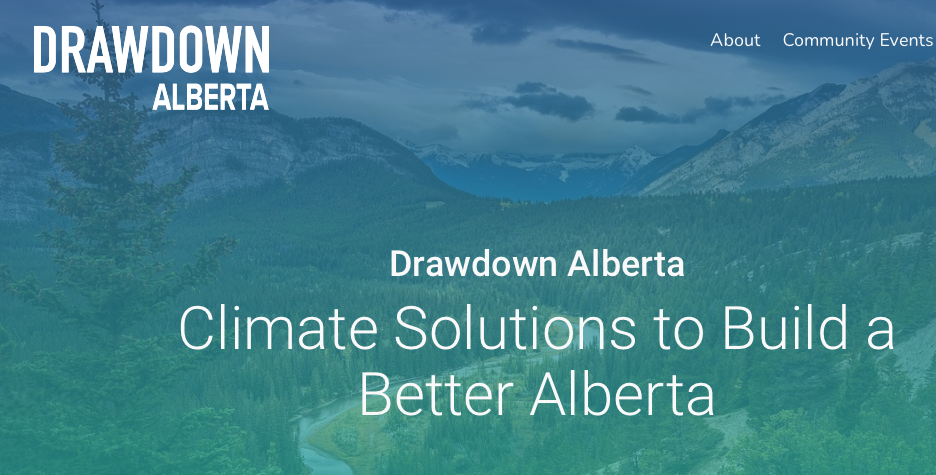
 |
 |
 |
 |
 |
 |
Drawdown Alberta's view of climate action
Project Drawdown presents over 80 proven actions and technologies that remove carbon from the air, or keep it from being put into the air. Even better, each of these provides immediate benefits, like cleaner air, tastier food and a more enjoyable lifestyle. See the full list of solutions here.
Drawdown Alberta participants have shared examples of how these solutions are already being put into action here in Alberta. By promoting and scaling up these ideas, our province will thrive.
|
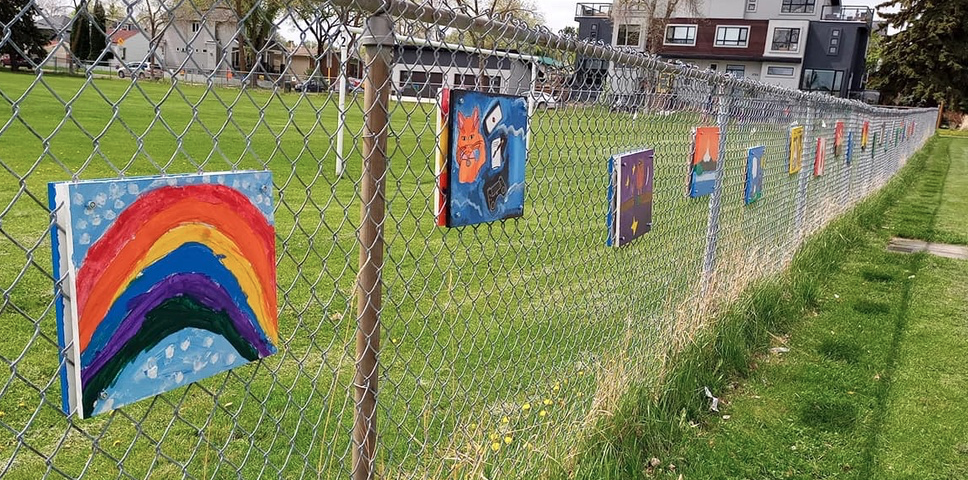 |
Over 150 community leagues in Edmonton bring local input to an increasingly remote municipal government. Bringing popular recreation activities to an area averaging only about 7,000 people, these organizations give a big city a small town friendliness.
|
|
| A "Happiness Fence" painted by students in Bonnie Doon, and installed by community league volunteers. | Each group chooses its own facilities and services to provide, with both indoor and outdoor rinks, community gardens and meeting rooms being popular. Average citizens can have their voices heard, and can provide meaningful input. The league management boards introduce future leaders to the governance process. A position on the executive can, and should, be the start of a political career. | |
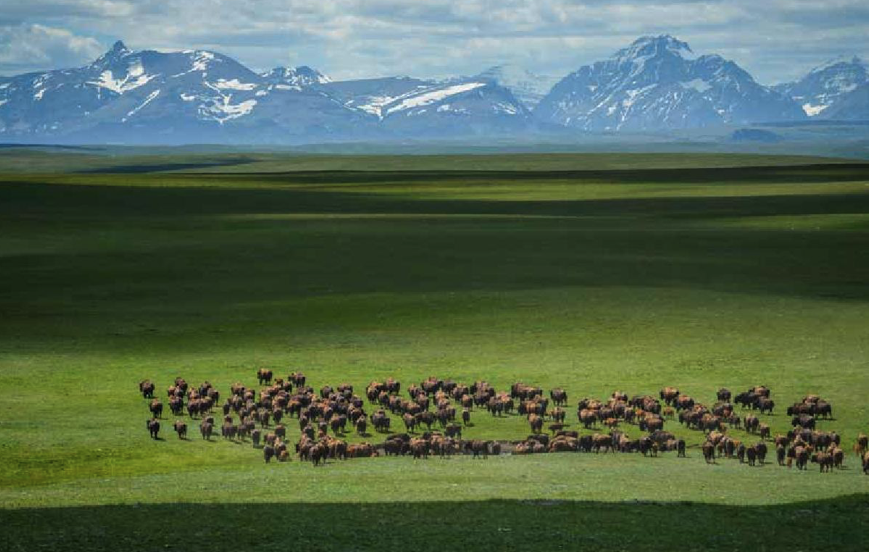
|
In 2009, the Iinnii Initiative was launched by leaders of the four tribes that make up the Blackfoot Confederacy (Blackfeet Nation, Kainai Nation, Piikani Nation, and Siksika Nation) to conserve traditional lands, protect Blackfeet culture, and create a home for the buffalo to return to.
Bison have been the foundation of our grassland. They create diverse habitats for other species, provide food for both humans and carnivores, and perhaps most importantly, act as the glue that holds the culture together. As the project's moving video describes, the bison may yet return to our grasslands, and we will all be the richer for it. |
|
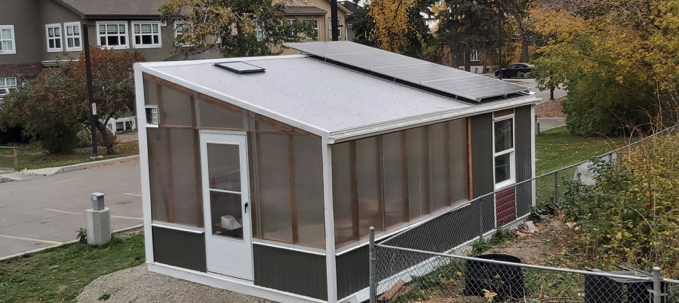 |
The Renewable Energy Design group (RED) is a student-run organization at the University of Alberta committed to making campus a greener place. A recent project, a solar greenhouse, provides a site to develop innovative growing techniques, and pass these on to other students. | |
|
|
||
|
|
||
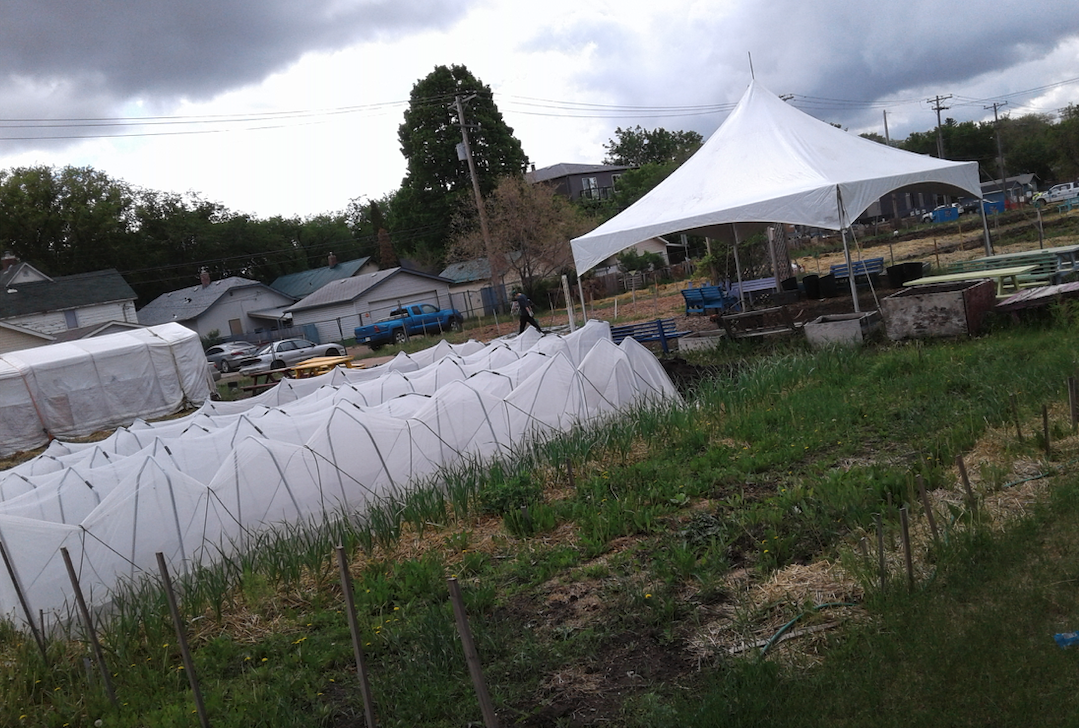 |
We noticed this urban farm in downtown Saskatoon. Corporate support allows the food bank to hire several farmers to grow the food. The two-acre plot grows a lot of food! Instruction is provided as Covid allows. About a dozen bee hives are always a popular attraction.
This program illustrates what the Transition Demonstration Farm is aiming toward. All cities have waste land, often near the downtown area, that could be used for growing food while giving participants valuable life skills.
|
|
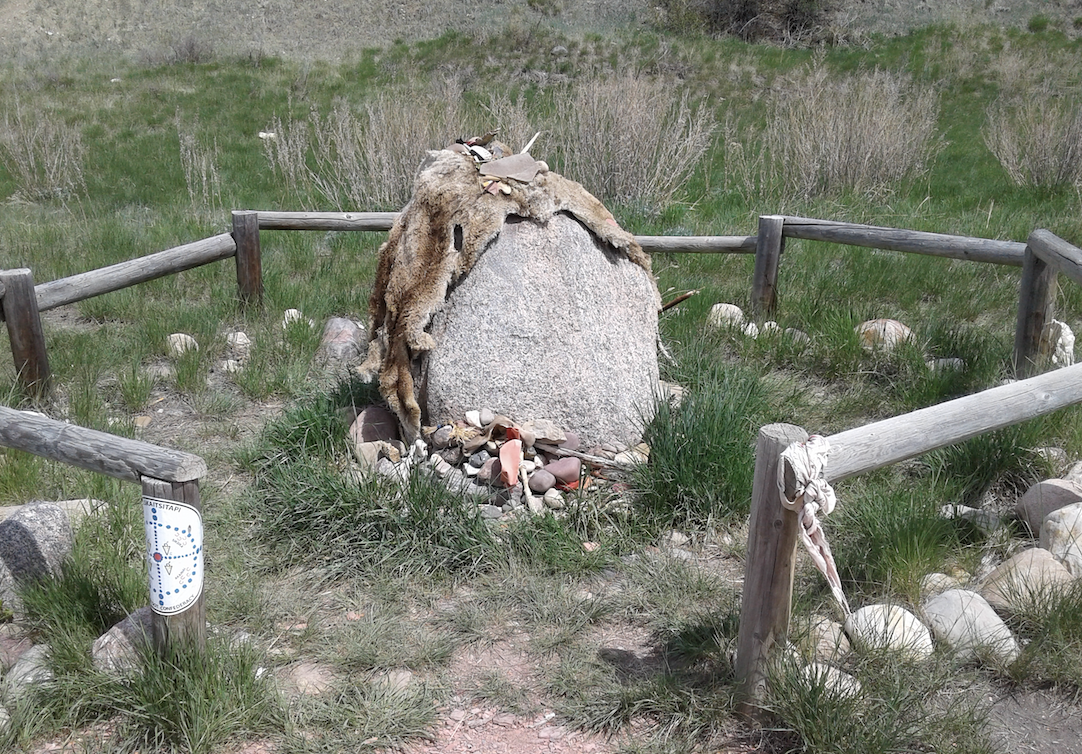 |
The City of Lethbridge has made space available for Blackfoot people to practice their spiritual ceremonies.
This simple but heartfelt site adds to the overall richness of the community. |
|
|
|
||
|
|
||
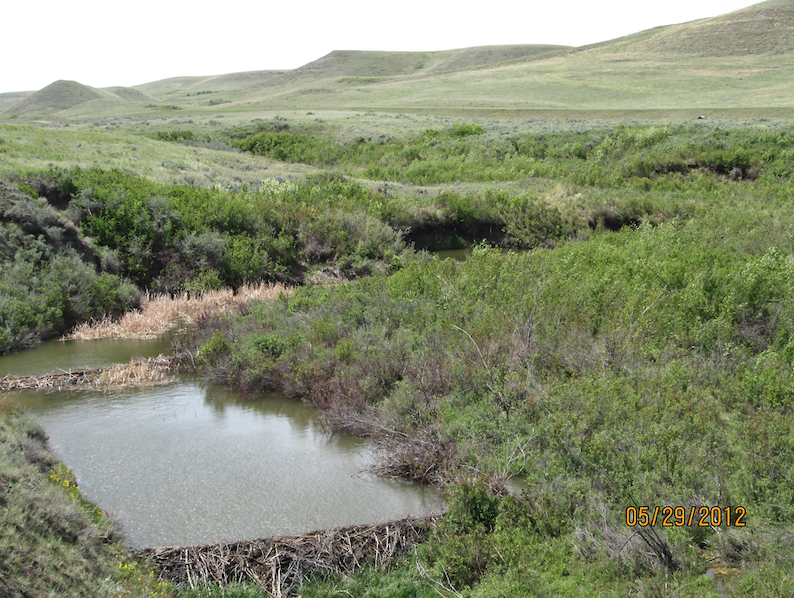 |
Beaver once thrived in even the driest parts of Alberta, conserving water and creating valuable wetland habitat. Large amounts of carbon were stored in the ponds, locked away for decades.
In addition to the climate benefits, ranchers gain dependable water sources, and sub-irrigation of forage plants from a raised water table. Best of all, beaver don't need water licences, and work for free! Solution: Wetland Restoration |
|
|
|
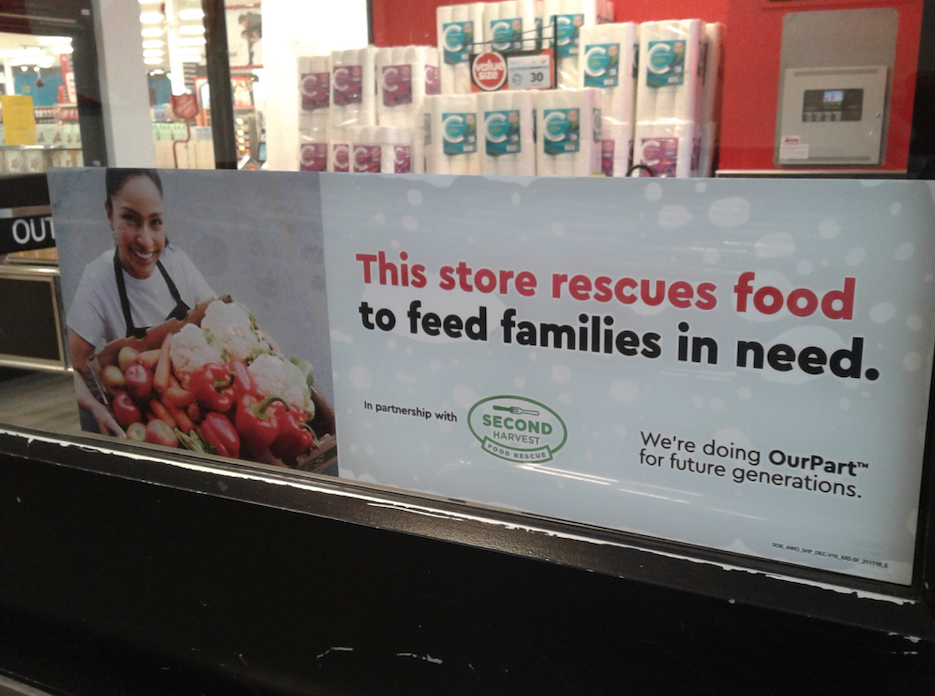 |
This sign on the front door of my local Safeway lets people know that less food is wasted here. It is great to see that perfectly good food is made available to deserving people.
This and most other local supermarkets also work with Loop Resource to ensure that all waste food is kept out of the landfill. Some food with cosmetic problems goes to the food bank, while somewhat spoiled food gets fed to pigs or chickens on nearby farms. |
| Photo by Rob Gardner
|
|
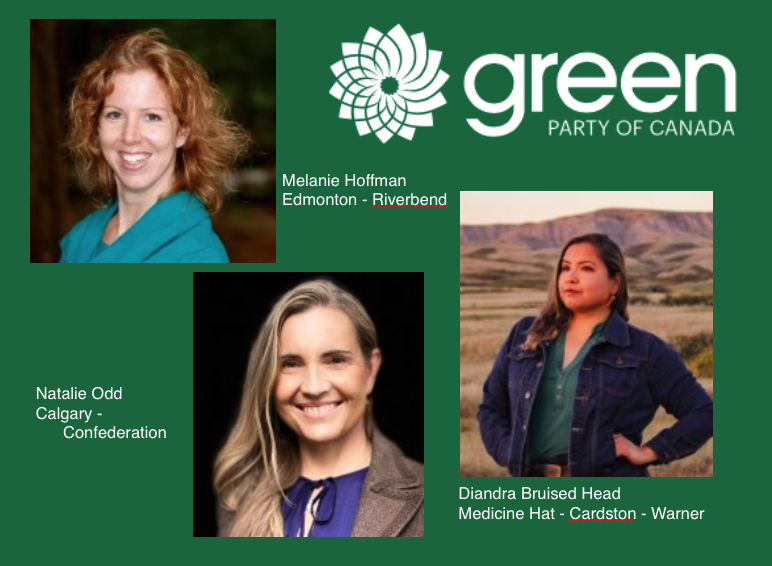
|
These courageous women stepped forward to represent the Green Party in our recent federal election. They brought forward innovative ideas, showing that when our nation honours all our citizens, both society and the environment are winners.
|
|
|
|
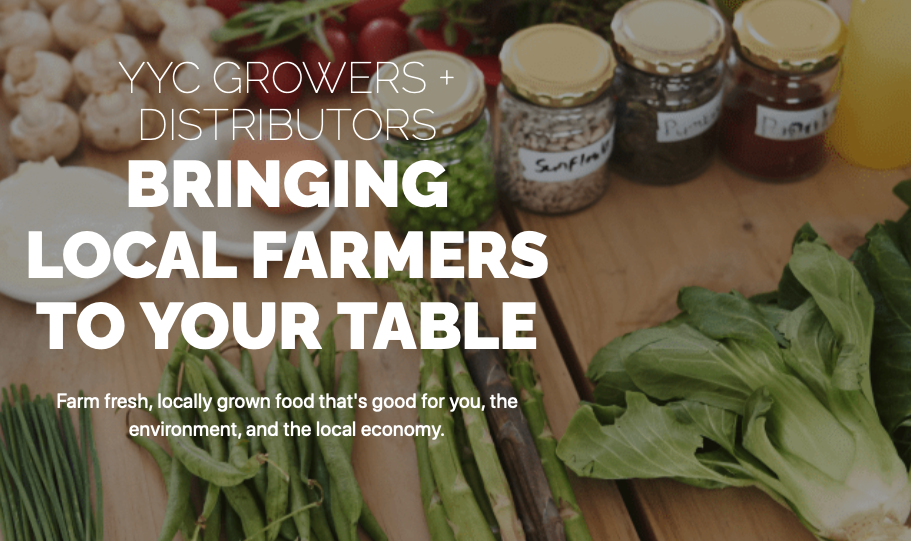 |
YYC Growers Harvest Box is a Community Supported Agriculture (CSA)-style program. They pay fair prices to trusted local producers to bring a diverse medley of high quality vegetables and other crops grown in and around Calgary.
The benefits are numerous: farmers can sell a substantial volume in a single transaction; their crops are grouped together so, like a co-op, they can provide a steadier supply of a wide range of products; and the customers receive quality food at a group-purchase price. We need more of these operations! |
| Photos by Rob Gardner
|
|
|
|
Next Page |
| Last modified August 22, 2023 |
